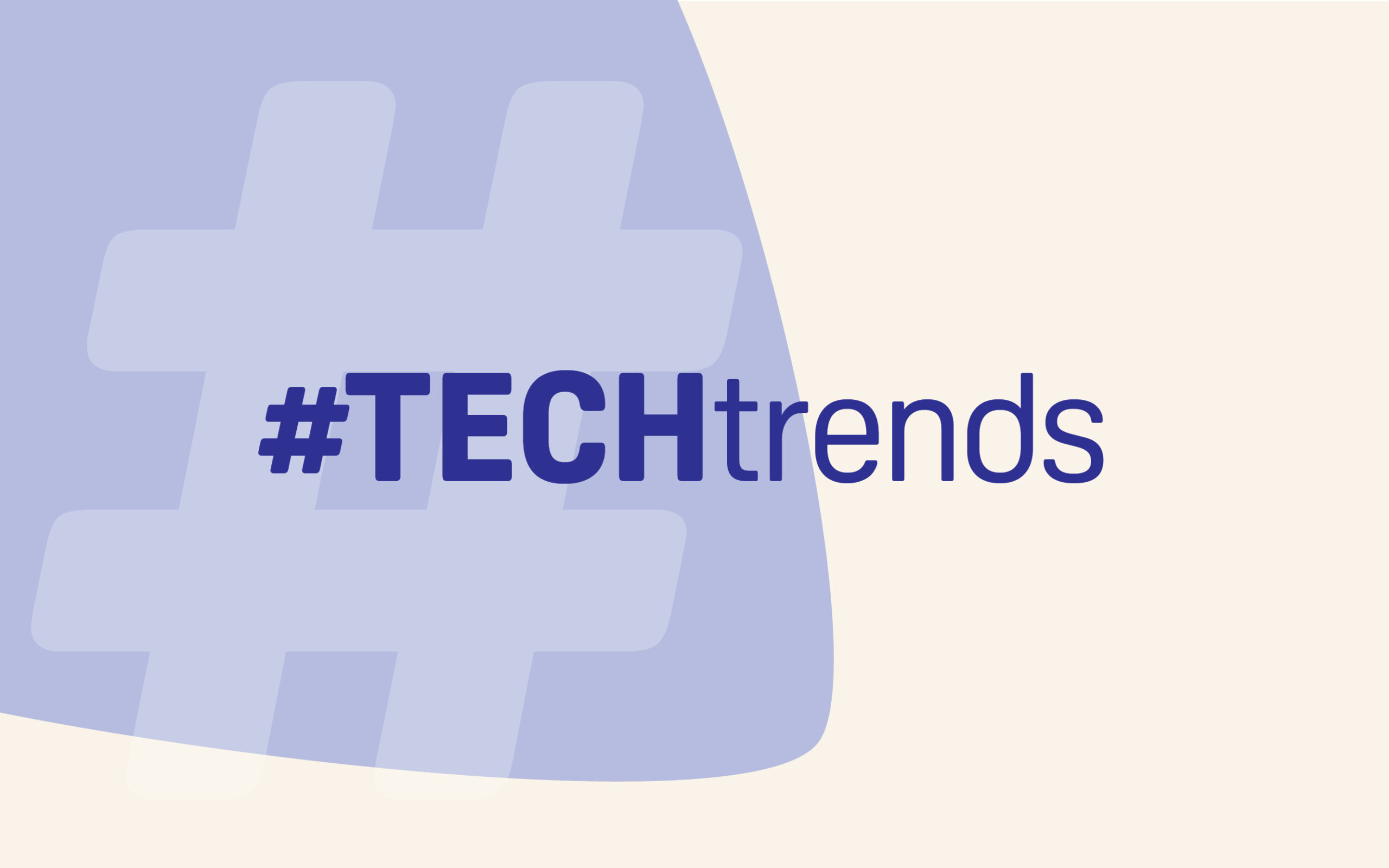
One thing is certain: the impact of the coronavirus is here to stay. What this implies for all levels of education provision is that “business as usual” will no longer be possible. A massive reinvention effort will be required. Given that our traditional methods for imparting education, from schools to universities, are many centuries old, this reinvention will be no easy task, and it will take a long time for new best practices to emerge and be adopted the world over.
As an emergent response, educational institutions were shut down around the globe. While many informal, supportive actions were launched, very few attempts were made to continue the delivery of education in a way that could be formally assessed and that would allow the granting of credentials. Only well-established online institutions could have continued working normally, but even in these cases, staff were required to work from home. Operations were severely disrupted and summative assessments postponed. Many conventional institutions, usually with government support or direction, attempted to continue educational activities online but with varying degrees of success.
For younger students, schools handed out assignments electronically, and teachers came online to review student attempts, but the actual task of teaching was left to parents, usually without any instructions or training. At the high school and university levels, while regulators suggested that activities be moved online, very few institutions or teachers were able to do so. In countries where access to adequate bandwidth was a challenge, other approaches to education provision were adopted. Broadcast radio and television were possible contenders, but the lack of suitable content, combined with the inflexible nature of broadcast media, hampered these efforts, to put it mildly.
So what will happen when the world emerges from lockdown and attempts are made to go back to the business of living? Top-tier institutions are already experimenting with advanced approaches such as augmented and virtual reality as substitutes for face-to-face interaction. Policies are being drafted that would regulate the use of and behaviour in laboratories, which are an essential component of the research and tertiary education landscapes. Online use of advanced laboratories, which some institutions have already tried, may become mainstream, thereby reducing foot traffic while increasing the utilisation of these expensive facilities. The use of online simulations as a substitute for laboratory experiments is expected to grow exponentially, especially at the school level. The alternatives available to advanced countries are many, and a large number of innovative solutions are expected to emerge very quickly.
Real and seemingly daunting challenges face the less-developed countries. Schools have been experimenting with smaller and staggered classes, but all such approaches further reduce the capacity of an already underprovisioned sector. The use of dedicated broadcast media is re-emerging, especially for large populations, but the real challenge here is achieving the widespread availability of devices to receive the broadcasts. In any case, these are unidirectional methods that will still require supplementation with other means to ensure interaction between teachers and students.
An earlier concept that could really come into its own is the flipped classroom. Any combination of online or broadcast content to provide primary delivery combined with synchronous discussion sessions could be a game changer. Where infrastructure is not a limitation, the discussions could be done online using the lockdown experience as a guide. The endemic nature of the coronavirus dictates that large classes and discussion sessions be minimised. In faceto-face situations, the flipped classroom approach would enable a reduction in the number of sessions and would simultaneously benefit the sector by enhancing the capacity of schools and colleges. Chatbots as substitute teachers could also be deployed using inexpensive technology such as feature phones, which would extend outreach even further.
One thing is certain: best practices suited to each particular circumstance will emerge, and a new era in the history of education will begin.


